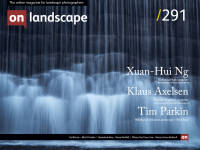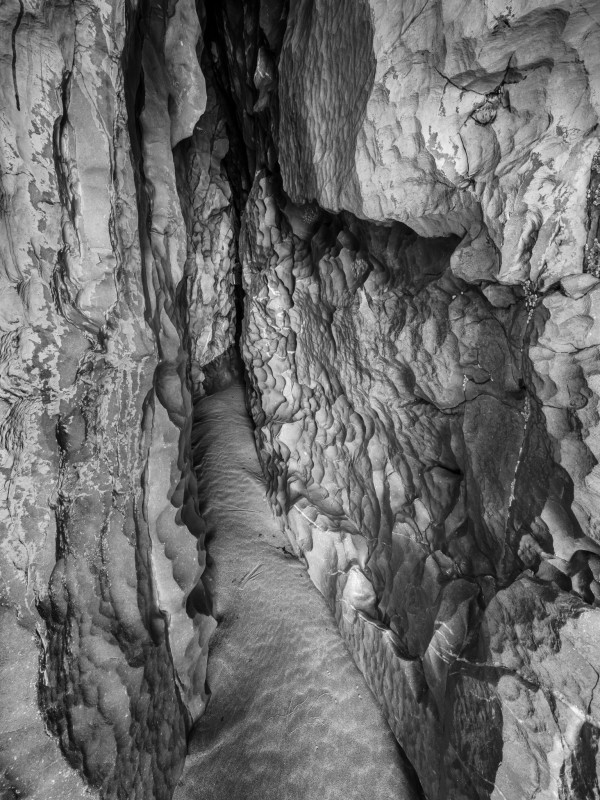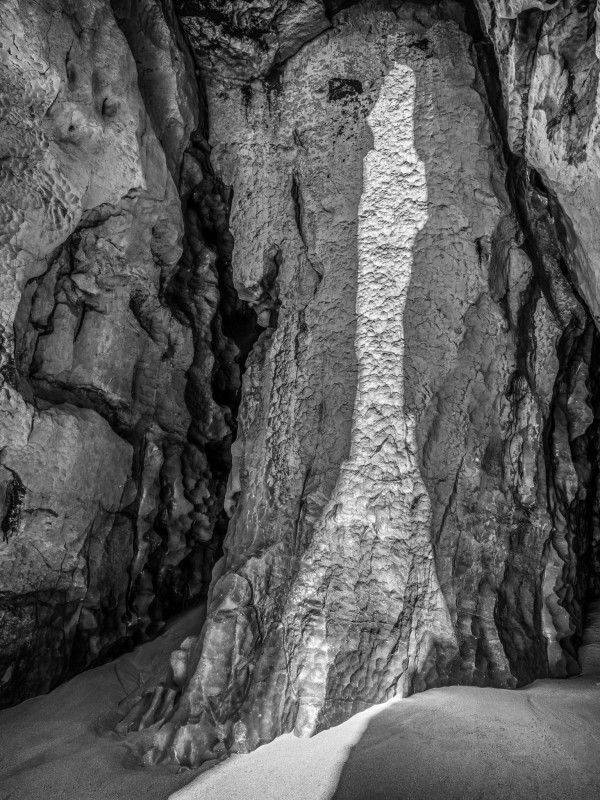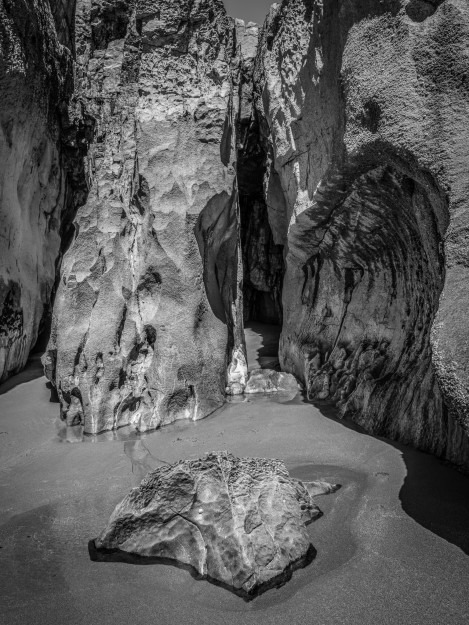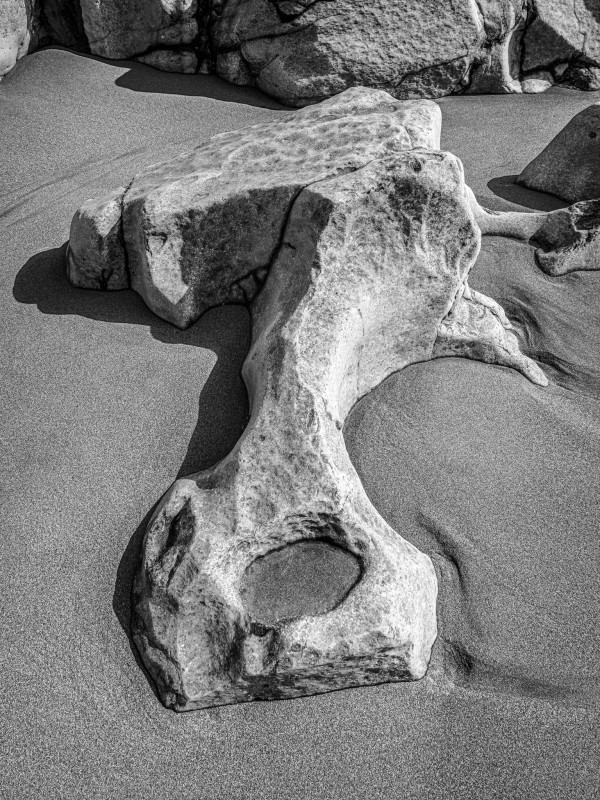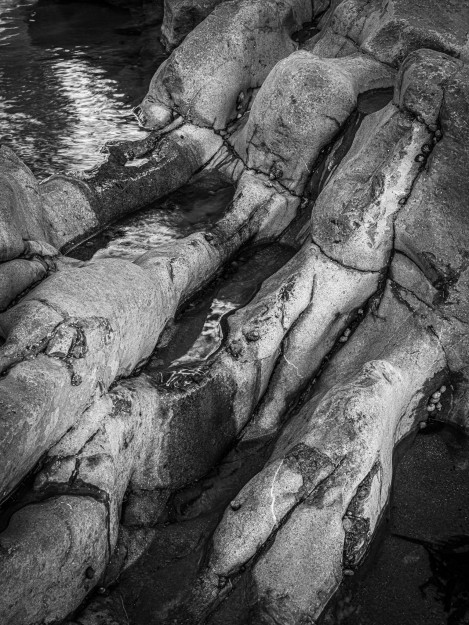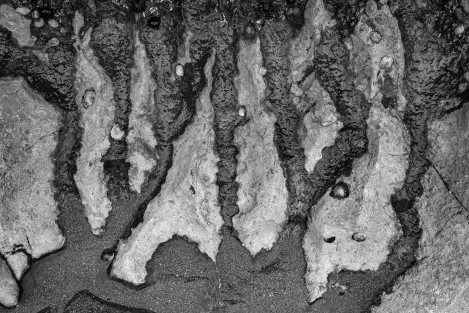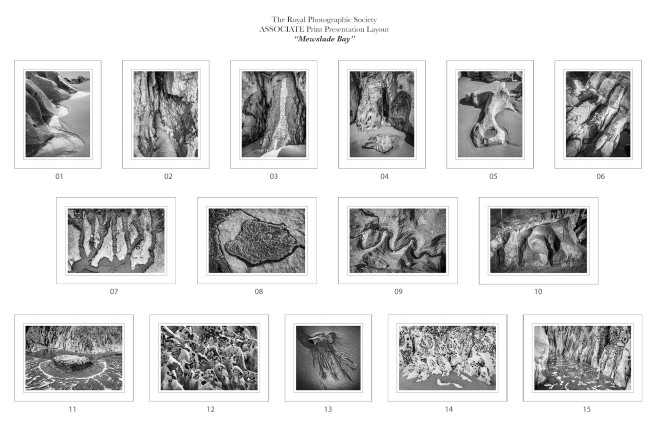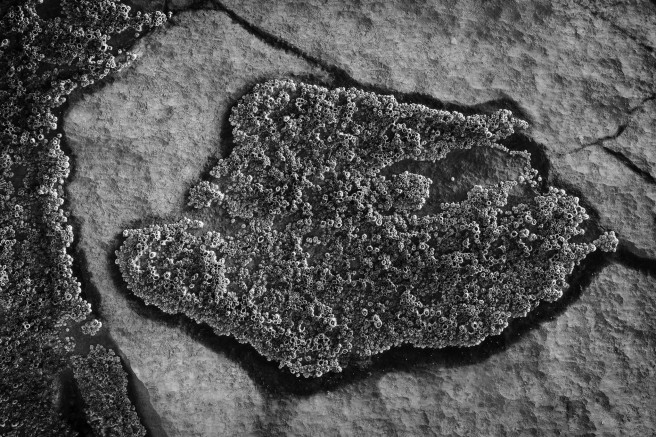My ARPS Panel Submission

Steve Gledhill, ARPS
I’m primarily a landscape photographer though that does encompass almost anything I find whilst out hiking. I particularly enjoy my photography when it’s building a body of work or project such as hiking The Thames Path or The Cotswold Way or Bredon Hill throughout 2016.
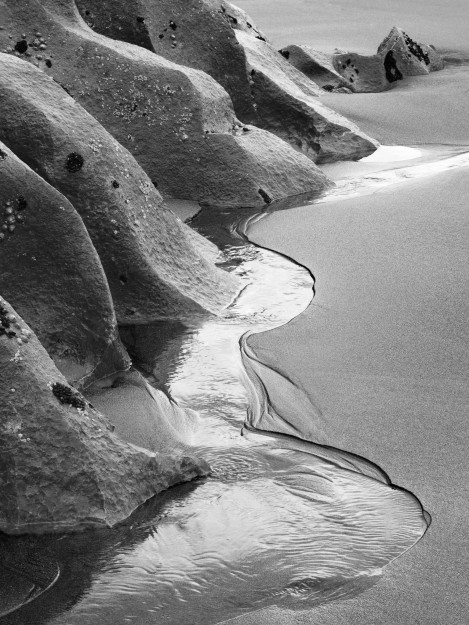
I first visited Mewslade Bay on the southwest corner of the Gower 28 years ago in 1995 whilst on a family holiday. I noted its great potential for me to photograph and planned to return as soon as possible with just my camera. I’d recently taken the big step of moving from 35mm slides to large format 5x4 black and white film photography and was keen to explore this new location.
I’ve been a keen photographer since the age of 16 when my parents bought me a Vöitlander Vito B to take on a school trip. It was with me throughout school and university. In 1973, I joined ILFORD in the production and engineering department. During my 13 years with ILFORD, my photography interest grew using first an OM1 and then an OM4 camera. My job had no direct involvement with photography but it was a real perk to be able to use the company’s products and darkrooms - for free! It was some 8 years after leaving ILFORD that I finally took the plunge into large format, and that was my preferred way of working for about the next 18 years when digital capture finally took over. Certain aspects of digital grabbed my attention much earlier in that I soon took to scanning my negatives, processing in Photoshop and printing with ink.
During the 10 years or so after my first visit to Mewslade, I returned with my 5x4 about 7 or 8 times, each for one day visits. The sandy bay is barely 500 yards wide at low tide, and the beach is inaccessible on either side of high tide. It is, therefore, important to plan a visit using tide tables otherwise, there’s potential disappointment. It’s best to be there during spring tides (large tidal coefficient) which is when the tide goes out the farthest and allows brief access to some small areas at the west of the bay that are otherwise inaccessible. Beware not to be stranded as the tide comes in!
During my early visits, I was preoccupied with photographing the vistas, views and scenes afforded by the beach with protruding rocks, the cliffs and the sea, which offered much variety and material to create compositions. The bay faces almost due south, so it is sunlit (when it shines!) throughout the day. As my photography progressed, I became increasingly drawn to what we now call “intimate landscapes”.
I submitted a set of images to Roger Maile’s Creative Monochrome / PhotoArt International (remember that?), which included two images from Mewslade and much to my delight, they were published in issue 30 in Oct/Nov 2002. I’ll refer back to a coincidence relating to this a little later!
Digital capture finally caught up with me in 2010, and on my occasional visits to Mewslade gave me the option of colour or monochrome. I now enjoy producing images in both colour and monochrome and find that my work ends up about 50:50.
I’ve been a member of the RPS for several years. Around the start of 2020, I began to think of applying for an RPS distinction and with a local photography friend, we arranged to attend a 1:1 review day where we could discuss our ideas and candidates for consideration. I’d thought carefully about whether to try for an LRPS but eventually realised that I’d prefer to focus on my particular area of photographic interest, landscape, which starts at the ARPS level. Shortly before the review day, COVID arrived, and the review was cancelled, putting paid to any ambition I’d had. My intention was to take to the review a set of monochrome landscape prints which I’d produced over a long period of time, all of which were vistas and panoramas, and all were taken from easily accessible locations, none requiring any strenuous hiking or overnight camping. I wanted to illustrate what is “there for all to see”.
Almost two years later, I arranged for an RPS 1:1 advisory session with Tony Worobiec, a member of the RPS Landscape Panel. This took place over Zoom in early May 2022 and was very helpful and instructive.
At this point, I decided to make one further trip to Mewslade to see if I could find a few more images to fill a couple of areas that I wanted to improve. I’m so pleased that I made that trip, as it resulted in my finding a few more candidate images.
I then embarked on some further refinements to improve the balance and cohesion of my panel, which also entailed making a couple of substitutes from my last trip as well as some rearrangements. And this became my submission. I printed my 15 monochrome images and mounted them on 500x400mm board, prepared my final Statement of Intent and a layout print of how the prints are to be displayed on assessment day. Whilst most of the 15 images were taken digitally in the last few years, one image was taken on 5x4 film about 25 years ago.
I personally delivered the whole package to the RPS in Bristol, preferring not to entrust my precious work to anyone else. This was done on 20th July 2022, just two days before I had knee replacement surgery. I had been working to a deadline! The assessment was scheduled for 14th September.
In addition to the delivery of the prints, it is a requirement to also provide the 15 images as digital files for the assessment panel to review personally in advance of the actual “in hand” assessment.
I’ve tried hard to put into words how cohesion and balance work and have found it almost impossible. It seems to be something that arises out of the repeating cycles of assembling and adjusting rather than a specific definable objective. I did find it very helpful to regularly stand well back from each candidate panel arrangement to the point where the individual images took a back seat to the overall impression that the arrangement made.
I attended the assessment day on Zoom. It was somewhat nerve-wracking to observe my work being discussed by the five highly regarded assessors. Joe Cornish chaired the assessment with Tony Worobiec, Tim Rudman, Paul Mitchell and Alex Nail. They had reviewed the digital images beforehand. A particularly positive comment was how the prints now seen in hand and examined carefully were far more satisfying than the first impressions made by viewing the digital versions on screen. And members expressed how good it was to see a panel of intimate landscapes printed in monochrome.
The coincidence referred to earlier is that in the issue of Creative Monochrome where there were 2 Mewslade and 7 other of my monochrome landscape images, there were also two articles written by my ARPS assessors Tony Worobiec and Tim Rudman! I know neither of them.
I’m occasionally asked what it means to have been awarded an ARPS. I suspect that I feel, like most who receive an award, that it is an acknowledgement from and recognition by fellow photographers for having achieved a significantly high level of competence and vision. Something to be very proud of.
Mewslade Bay: “Statement of Intent”
Over the course of 25 years, I’ve been taking photographs at Mewslade Bay on The Gower peninsula and at every visit, I find fresh interpretations and compositions.
For two hours, on either side of high tide, this small 500 metre wide bay is completely submerged. When the tide recedes, its varied and fascinating underwater landscape is revealed around the base of the steep cliffs. Remarkable rock sculptures and textured rocks are decorated with numerous patches of mussels and barnacles sitting above the few small rock pools and streams across the sand. The only significant landscape variable at this inspiring location is the light; the rocks and beach hardly change.
My panel is intended to show the fascinating variety of inspiring, intimate landscapes created by the sea along this short stretch of coast. Presenting Mewslade’s landscape in monochrome brings focus to the shapes, patterns and textures available for the creation of images.
RPS Special Interest Group
The Landscape Special Interest Group is dedicated to encouraging landscape photography and advancing the skills of its practitioners. Since its launch in 2016, the group has welcomed photographers of all levels, from beginners to experts, and offers a range of events, publications, and online platforms for members to share their work and collaborate with others. Find out more on their website.

